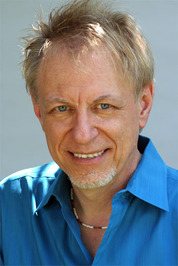Bobby Owsinski
Goodreads Author
Member Since
August 2012

|
The Mixing Engineer's Handbook
—
published
1999
—
17 editions
|
|

|
The Recording Engineer's Handbook
—
published
2004
—
18 editions
|
|

|
The Mastering Engineer's Handbook
by
—
published
2000
—
9 editions
|
|

|
The Mixing Engineer's Handbook: 5th Edition
|
|

|
Music Producers Handbook
—
published
2010
—
7 editions
|
|

|
Music 3.0: A Survival Guide for Making Music in the Internet Age
—
published
2009
—
10 editions
|
|

|
Social Media Promotion For Musicians
—
published
2013
—
11 editions
|
|

|
The Studio Builder's Handbook: How to Improve the Sound of Your Studio on Any Budget, Book & Online Video/PDFs
—
published
2009
—
6 editions
|
|

|
The Music Mixing Workbook: Exercises To Help You Learn How To Mix On Any DAW
|
|

|
How to Make Your Band Sound Great: Music Pro Guides
—
published
2009
—
5 editions
|
|
“Each player should make every effort to bring a variety of the best-sounding gear he can, because it will not only make the recording sound better, but will also make the music a lot more interesting.”
― The Music Producer's Handbook: Music Pro Guides
― The Music Producer's Handbook: Music Pro Guides
“This imaginary image can sometimes shift as the balance of the music shifts from side to side, which can be very disconcerting to the listener, especially if the speakers are placed far apart. As a result, film sound has always relied upon a third speaker channel in the center to keep the sound anchored. This format is called LCR, for Left, Center, Right, and it became a staple of multiplex movie theaters and high-end home video setups where the center speaker is located near or behind the screen. This third channel never caught on in consumer music circles however, mostly because people had a hard time finding a place for two speakers, let alone three.”
― The Mixing Engineer's Handbook: 5th Edition
― The Mixing Engineer's Handbook: 5th Edition





























